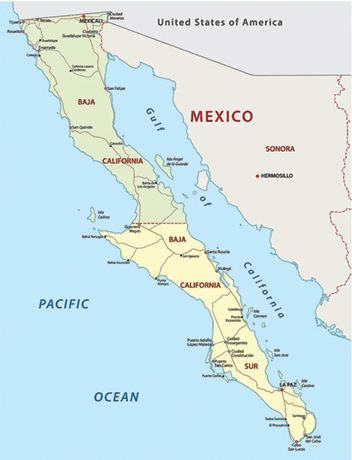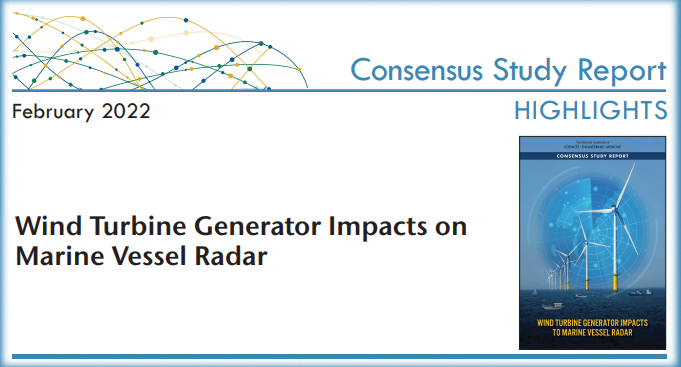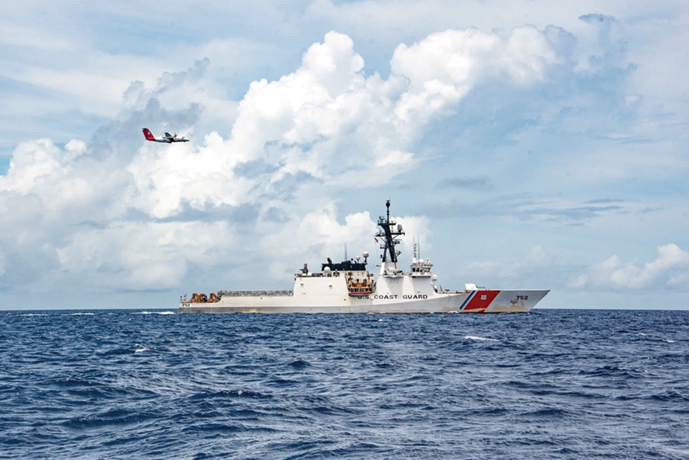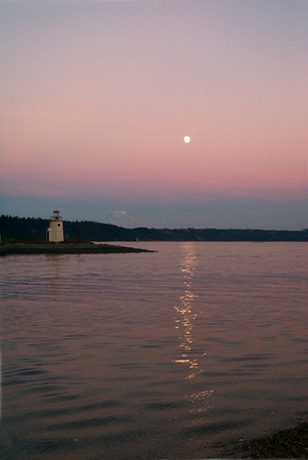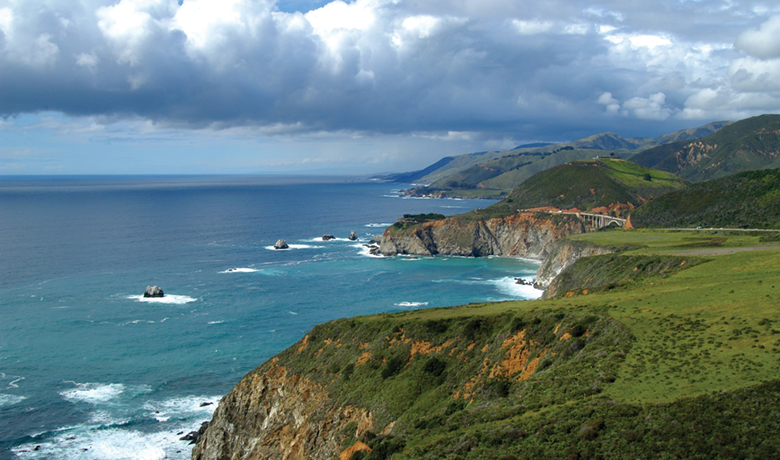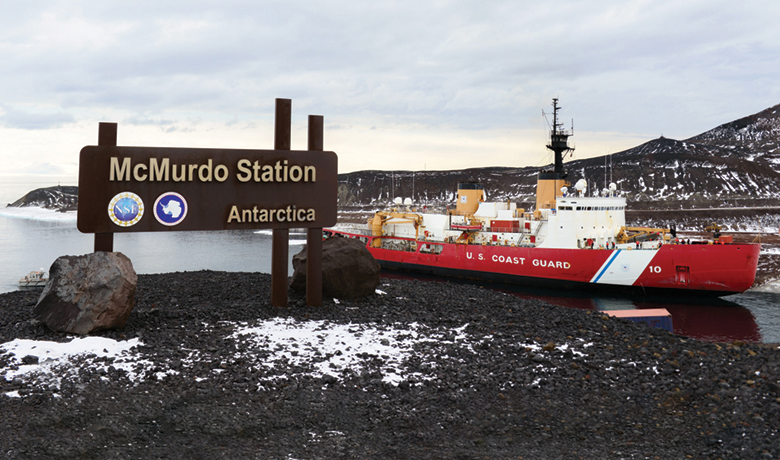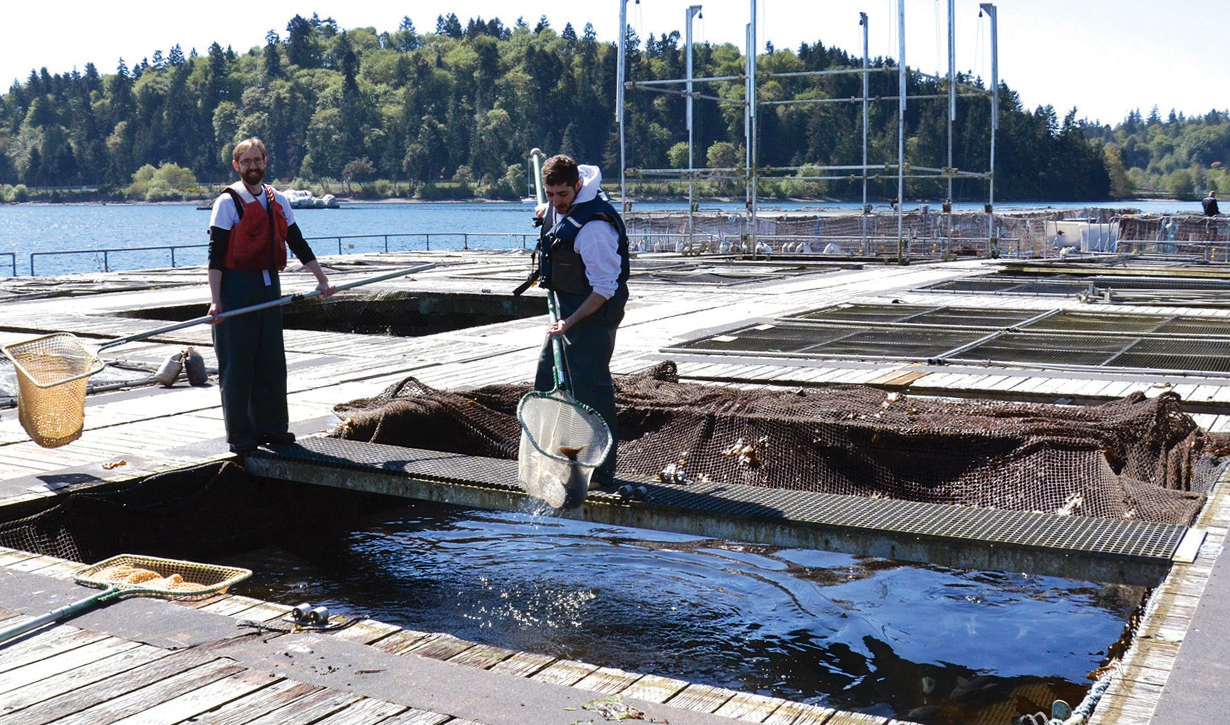Gulf of California Fisheries – The Good, the Bad and the Ugly
The Gulf of California, aka the Sea of Cortez, is the body of water below Southern California that separates the Baja California Peninsula from the Mexican mainland. It’s one of the more productive and biodiverse marine ecoregions in the world.
But according to various reports, there are multiple issues affecting the region’s commercial fisheries including overfishing, the potential collapse of the tuna fishery and rampant organized crime that has managed to gain control of the entire seafood production chain.
The Good
As mentioned above, the Sea of Cortez is home to a very rich ecosystem and is considered one of the most diverse seas on Earth, as well an environment filled with natural beauty that has yet to be spoiled by man and industry.
The region also has a long history as a com...

